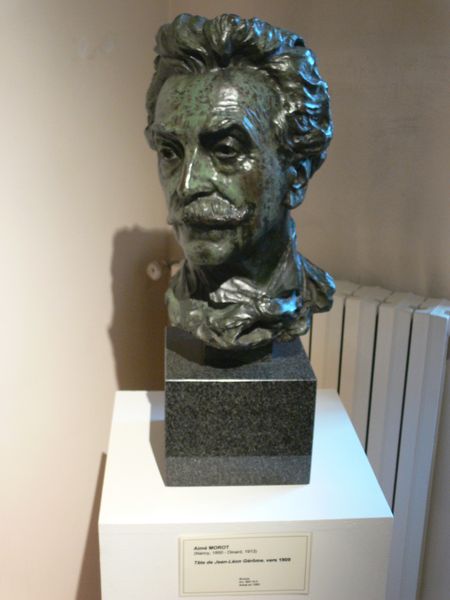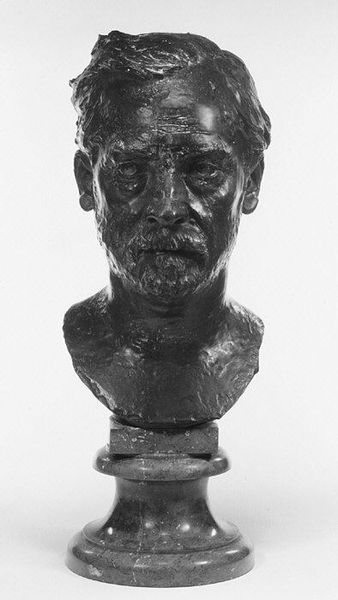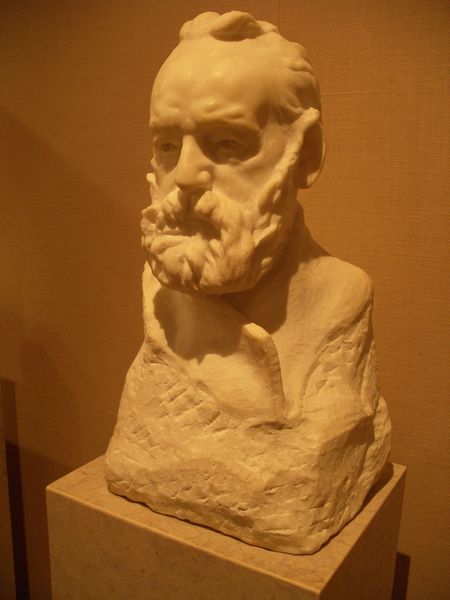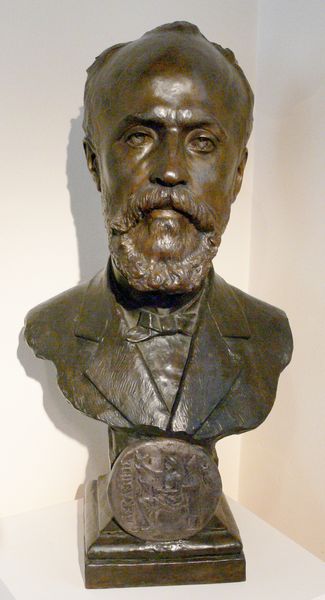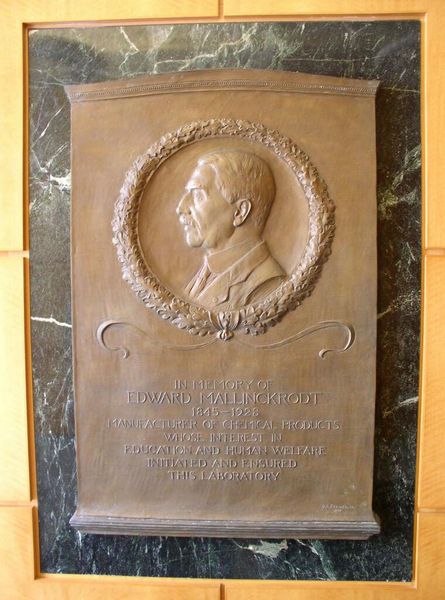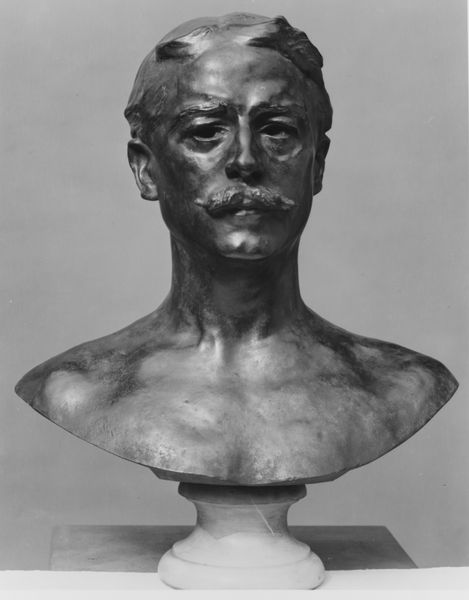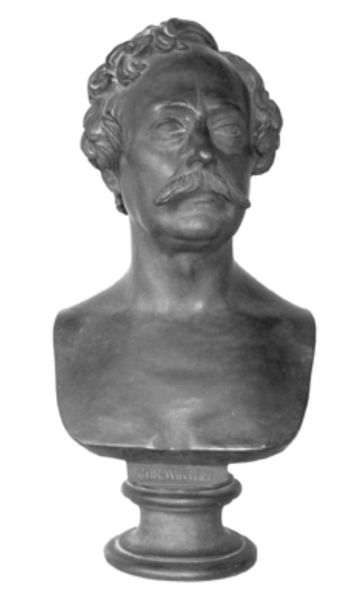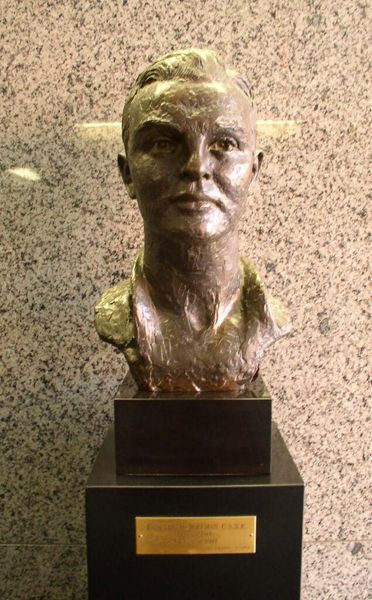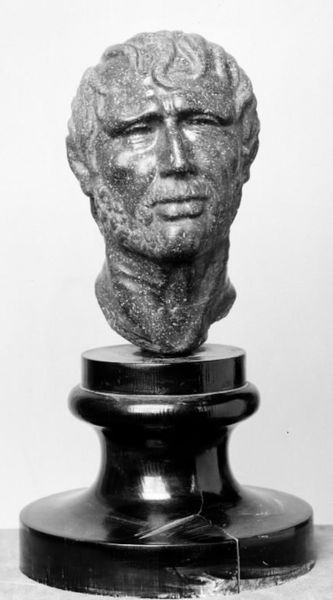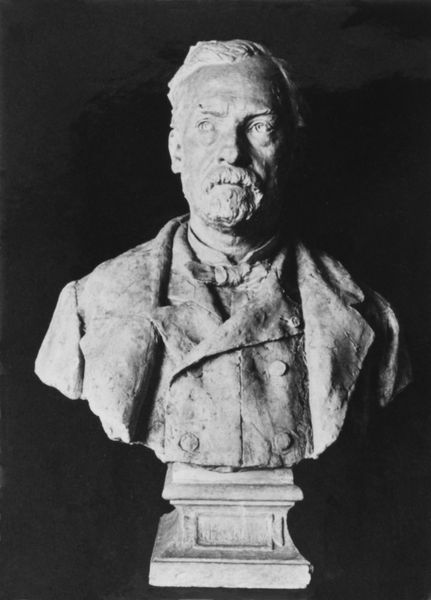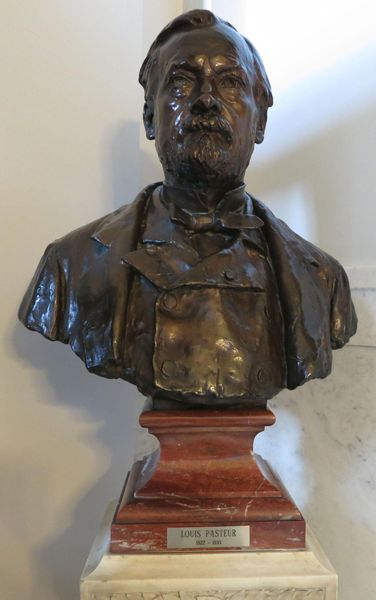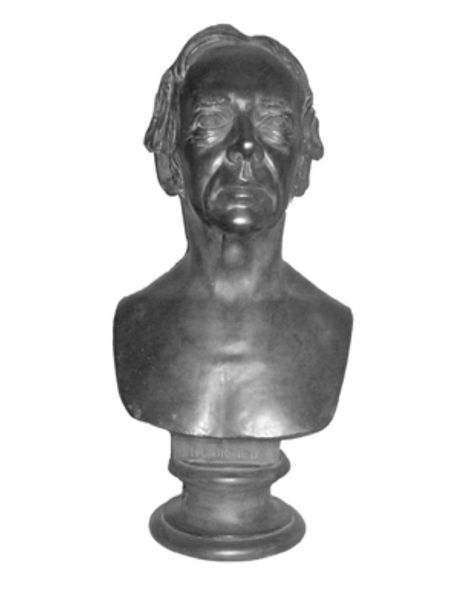
bronze, sculpture
#
portrait
#
impressionism
#
sculpture
#
bronze
#
figuration
#
sculpture
#
history-painting
#
realism
Copyright: Public domain
Curator: Auguste Rodin, known for his expressive sculptures, created this bronze bust, titled "Old Man's Face." It resides here at the Philadelphia Museum of Art. Editor: The surface is remarkably worked. It's dark, almost mournful, and yet intensely alive. I can practically feel the artist's hands shaping the clay before it was cast. Curator: Yes, and that impressionistic approach to sculpture—the rough, textured surface, the way light catches those ridges and hollows—was revolutionary. Rodin blurred the line between a sketch and a finished piece. Consider how the bronze itself became part of the meaning. Its capacity to capture that dynamism through the labor involved. Editor: I'm immediately drawn to the deeply furrowed brow and the intensely focused eyes. There’s a world of experience etched on this face. Is he burdened, contemplative, or perhaps even defiant? What symbols or allegories was Rodin conveying through those facial features? Curator: It’s about emotional realism, surely. This is not simply a representation of old age, but of the psychological impact of time and struggle, the sheer lived materiality of being human. He didn’t simply "depict" a man. Rodin manufactured that raw feeling. The bronze itself endures to communicate those concepts in perpetuity. Editor: I see that too, yet I find myself connecting it with classic imagery of philosophers and prophets. That solemnity, the depth of thought, echoes traditional depictions of wisdom hard-earned. The "old man" becomes a symbol of accumulated knowledge and perhaps even disillusionment with the world. It is hard to avoid comparing Rodin with the Renaissance. Curator: Though its themes connect it to larger historical narratives, that very feeling might stem directly from Rodin's experimental techniques. Those textures aren't just decorative; they were generated from a hands-on process, evidence of the sculptor shaping something tactile from base materials like bronze, transforming a humble origin into a comment on life, labor, and material conditions. Editor: An amazing dialogue between material and meaning, even now. Curator: Precisely.
Comments
No comments
Be the first to comment and join the conversation on the ultimate creative platform.
